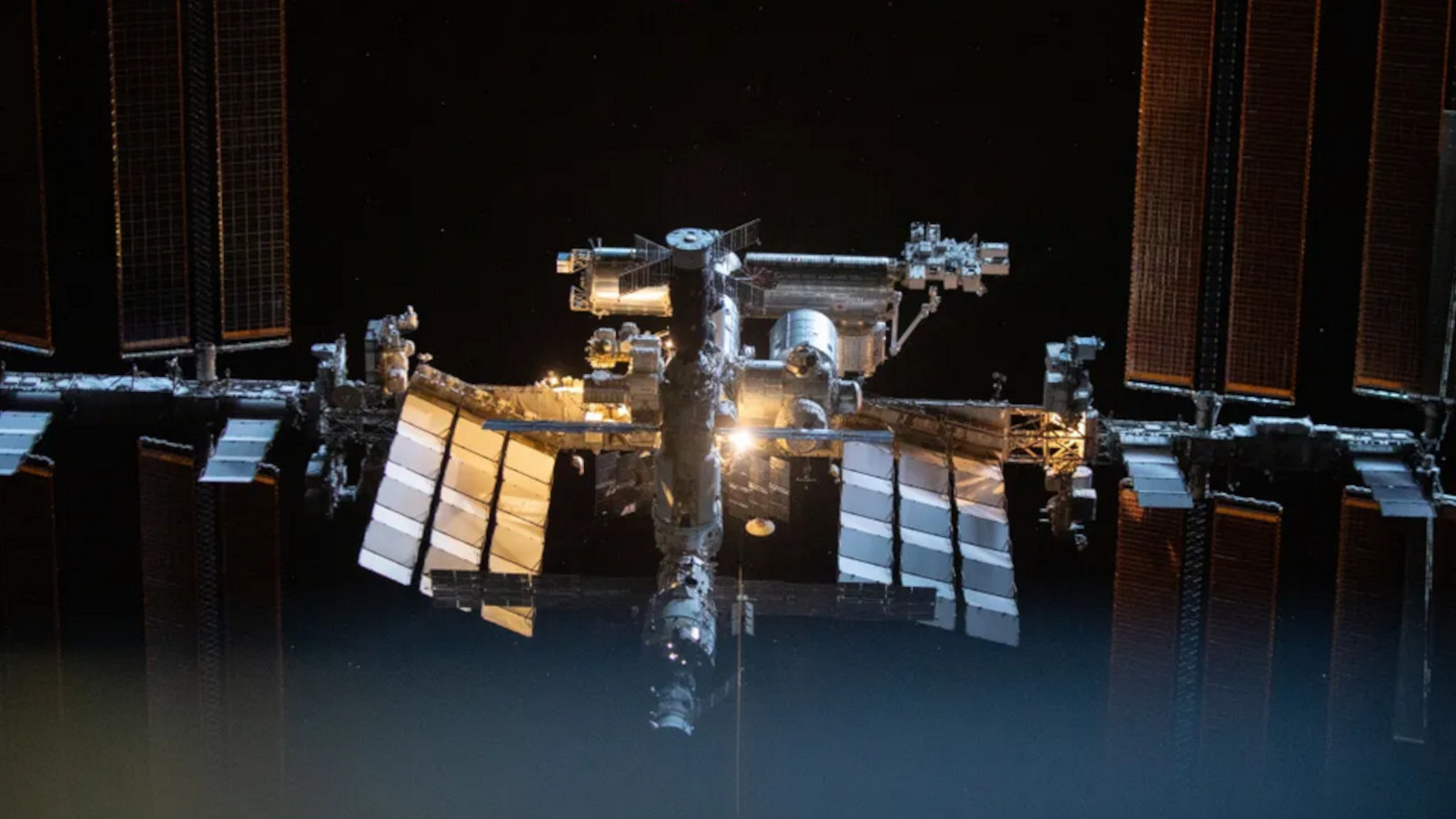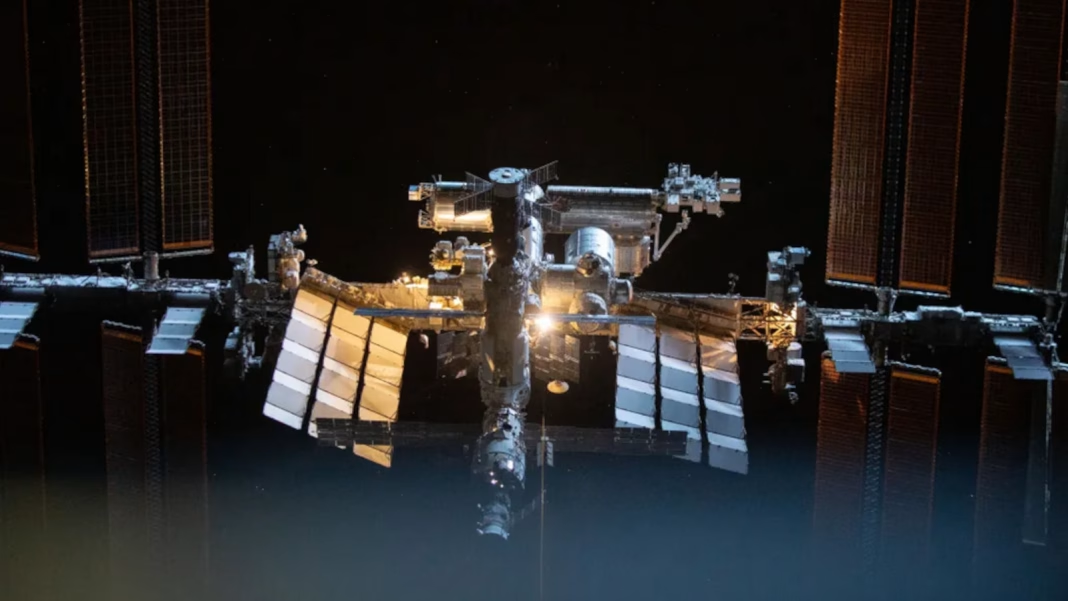How Is NASA Funding the Next Generation of Space Station Designs?
If you’ve ever wondered how NASA decides which futuristic space station concepts actually get off the ground, here’s the inside scoop: NASA isn’t just shopping for ready-made products. Instead, it’s inviting private companies and research teams to pitch their boldest ideas—then paying for the ones that show real promise through a unique funding approach called a Space Act Agreement (SAA). This isn’t your typical government contract, and it’s changing the way America’s next space habitats are being built.
What Exactly Is a Space Act Agreement, and Why Does It Matter?
Let’s break it down. A Space Act Agreement is NASA’s way of working with outside innovators without locking everyone into a rigid, one-size-fits-all contract. Unlike a firm fixed price deal (where NASA would pay a set amount for a finished product, no matter what), an SAA lets NASA fund specific research, development, or design work as it progresses. Think of it as a collaborative partnership—NASA provides funding and expertise, while the partner brings fresh ideas and technical know-how.
This approach gives both sides more flexibility. If a design needs to pivot mid-project, or if new tech emerges, the agreement can adapt. It’s a win-win: NASA gets access to cutting-edge thinking without being stuck with outdated specs, and companies get a chance to prove themselves on a national (and even global) stage.
Why Is NASA Moving Away from Firm Fixed Price Contracts?
Budget constraints are a big part of the story. With the International Space Station (ISS) aging and funding always under the microscope, NASA has to make every dollar count. Fixed price contracts can be risky—if costs overrun, the contractor eats the loss, but if things go wrong, NASA might end up with a subpar product or a stalled project.
By contrast, SAAs let NASA pay only for work that meets its standards and milestones. If a design doesn’t pan out, NASA can shift resources elsewhere without wasting huge sums. This approach also encourages more creative risk-taking from partners, since they’re not locked into delivering a finished product at all costs.
How Does This Impact the Future of American Space Stations?
Here’s where things get exciting. With SAAs, NASA can cast a wider net, inviting startups, established aerospace giants, and even university teams to submit their visions for the next space station. We’re talking modular habitats, inflatable labs, and even concepts that could support lunar or Mars missions down the line.
This open-door policy means more diversity in design and technology. For example, recent SAAs have funded everything from private space stations aimed at commercial research to advanced life-support systems that could make long-term space living feasible. According to NASA’s own reports, this model has already accelerated the pace of innovation and reduced costs compared to traditional procurement.
What’s in It for Private Companies and Researchers?
For innovators, an SAA is a golden ticket. Not only do they get funding, but they also gain access to NASA’s vast resources—think test facilities, technical expertise, and global credibility. Even if their design isn’t ultimately chosen for full-scale deployment, the experience and exposure can open doors to future projects, partnerships, and investors.
Take the example of several commercial space station concepts that have emerged in the last few years. Some started as small teams with big ideas, and thanks to SAA funding, they’ve built prototypes, tested new materials, and even launched hardware into orbit. It’s a proving ground that can turn a wild idea into a real, working piece of space infrastructure.
How Can You Track Which Designs NASA Is Backing?
Transparency is a core part of the SAA process. NASA regularly publishes updates on which projects have been selected, what milestones they’ve hit, and how much funding has been allocated. If you’re curious, you can check NASA’s official Commercial LEO Development page for the latest news.
And keep an eye on industry conferences—many SAA-funded teams present their progress at events like the International Astronautical Congress or the Space Symposium. Sometimes, you’ll even see early concept art or prototype demos that hint at what the next American space station might look like.
The Big Takeaway
NASA’s shift to Space Act Agreements isn’t about chasing perfection—it’s about making smarter, more flexible choices in a world where every dollar and every idea counts. If you’re dreaming up the next big thing in space habitats, start sketching. One bold change this week could be the spark that shapes the future of human spaceflight by the end of the year.


